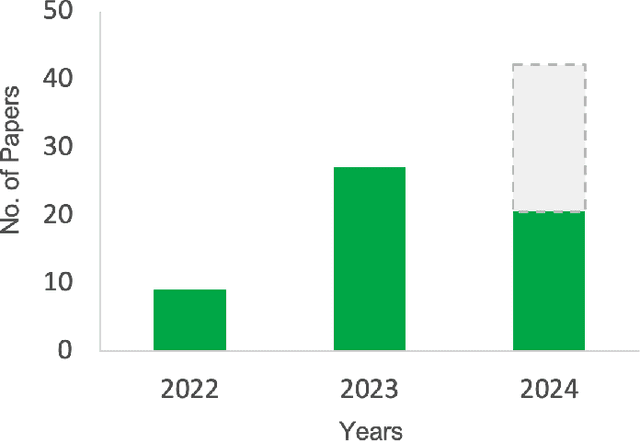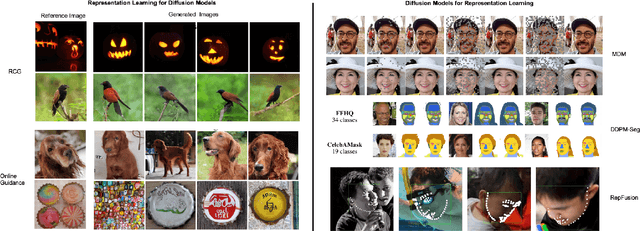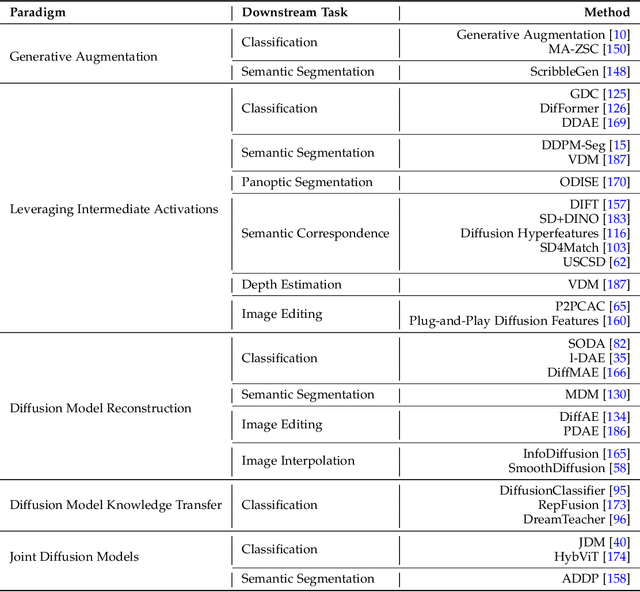Michael Fuest
CENTS: Generating synthetic electricity consumption time series for rare and unseen scenarios
Jan 27, 2025Abstract:Recent breakthroughs in large-scale generative modeling have demonstrated the potential of foundation models in domains such as natural language, computer vision, and protein structure prediction. However, their application in the energy and smart grid sector remains limited due to the scarcity and heterogeneity of high-quality data. In this work, we propose a method for creating high-fidelity electricity consumption time series data for rare and unseen context variables (e.g. location, building type, photovoltaics). Our approach, Context Encoding and Normalizing Time Series Generation, or CENTS, includes three key innovations: (i) A context normalization approach that enables inverse transformation for time series context variables unseen during training, (ii) a novel context encoder to condition any state-of-the-art time-series generator on arbitrary numbers and combinations of context variables, (iii) a framework for training this context encoder jointly with a time-series generator using an auxiliary context classification loss designed to increase expressivity of context embeddings and improve model performance. We further provide a comprehensive overview of different evaluation metrics for generative time series models. Our results highlight the efficacy of the proposed method in generating realistic household-level electricity consumption data, paving the way for training larger foundation models in the energy domain on synthetic as well as real-world data.
Diffusion Models and Representation Learning: A Survey
Jun 30, 2024



Abstract:Diffusion Models are popular generative modeling methods in various vision tasks, attracting significant attention. They can be considered a unique instance of self-supervised learning methods due to their independence from label annotation. This survey explores the interplay between diffusion models and representation learning. It provides an overview of diffusion models' essential aspects, including mathematical foundations, popular denoising network architectures, and guidance methods. Various approaches related to diffusion models and representation learning are detailed. These include frameworks that leverage representations learned from pre-trained diffusion models for subsequent recognition tasks and methods that utilize advancements in representation and self-supervised learning to enhance diffusion models. This survey aims to offer a comprehensive overview of the taxonomy between diffusion models and representation learning, identifying key areas of existing concerns and potential exploration. Github link: https://github.com/dongzhuoyao/Diffusion-Representation-Learning-Survey-Taxonomy
 Add to Chrome
Add to Chrome Add to Firefox
Add to Firefox Add to Edge
Add to Edge